Caryn Heldt shares her knowledge on Husky Bites, a free, interactive Zoom webinar this Monday, March 14 at 6 pm ET. Learn something new in just 30 minutes (or so), with time after for Q&A! Get the full scoop and register at mtu.edu/huskybites
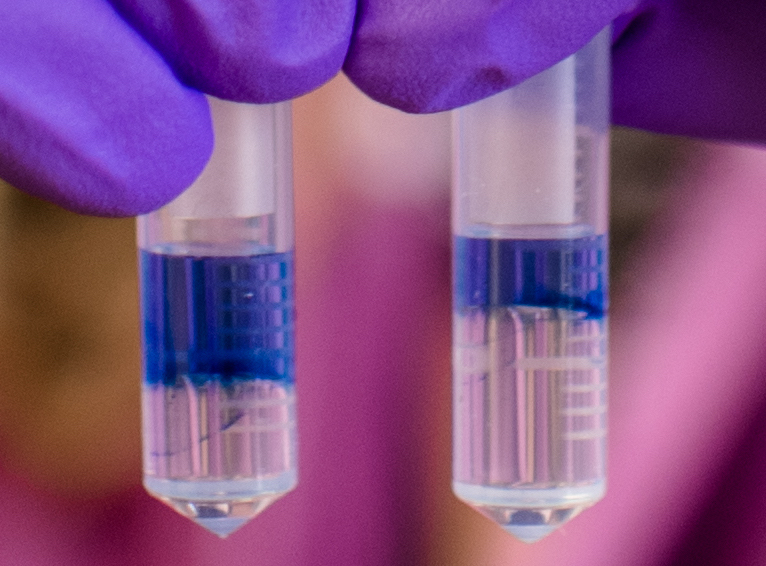
What are you doing for supper this Monday night 3/14 at 6 ET? Grab a bite with Dean Janet Callahan and Chemical Engineering Professor Caryn Heldt, to learn how different vaccines are made. Heldt, the James and Lorna Mack Endowed Chair of Cellular and Molecular Bioengineering, will talk about the different types of vaccines, how they are created and designed, and the FDA approval process.

Joining in will be one of Dr. Heldt’s former students, Dylan Turpeinen, who worked as an undergraduate and graduate researcher in the Heldt Bioseparations Lab at Michigan Tech. Dr. Turpeinen earned his BS in 2016, and his PhD in 2020, both in Chemical Engineering at Michigan Tech. He’s now a downstream process development scientist at the Florida-based biopharmaceutical company Resilience (formerly Ology Bioservices). In his role, Dr. Turpeinen operates and optimizes purification unit operations to produce vaccines.
Heldt is an alumna, as well. She graduated from Michigan Tech in 2001 with a Bachelor’s degree in Chemical Engineering and Chemistry. She earned a Masters in Chemical Engineering in 2005 and her PhD in Chemical Engineering in 2008, both from North Carolina State University. After post-doctoral studies in chemical engineering at Rensselaer Polytechnic Institute in 2010, she joined the chemical engineering faculty at Michigan Tech. Then, in 2015, Heldt won a prestigious NSF CAREER Award, which boosted her efforts and focus on vaccine research and development. She’s a member of the American Chemical Society, the American Institute of Chemical Engineers, the Society of Biological Engineers, and the Biophysical Society.

Heldt teaches both undergraduate and graduate classes at Michigan Tech. Her lab, the Heldt Bioseparations Lab, is busier than ever, with seven graduate and five undergraduate students and two postdocs—her vaccine research dream team. “Our lab focuses on the science of viral surface interactions and applies it to vaccine manufacturing and purification,” she explains. “We are interested in how viruses interact with different surfaces and chemistries. This could be important in how viruses infect cells, but we focus on how we can change surfaces to improve purification and manufacturing of viral therapies.”

Turpeinen started out in the lab with Dr. Heldt as undergraduate researcher, fabricating and testing graphene-based electrochemical biosensors for rapid protein detection. He shared his enthusiasm for biosensors with middle and high school students the summer after he graduated with his BS, teaching at Michigan Tech’s Summer Youth Program (SYP) and then started work on his master’s degree, conducting graduate research on biosensors to detect malaria.
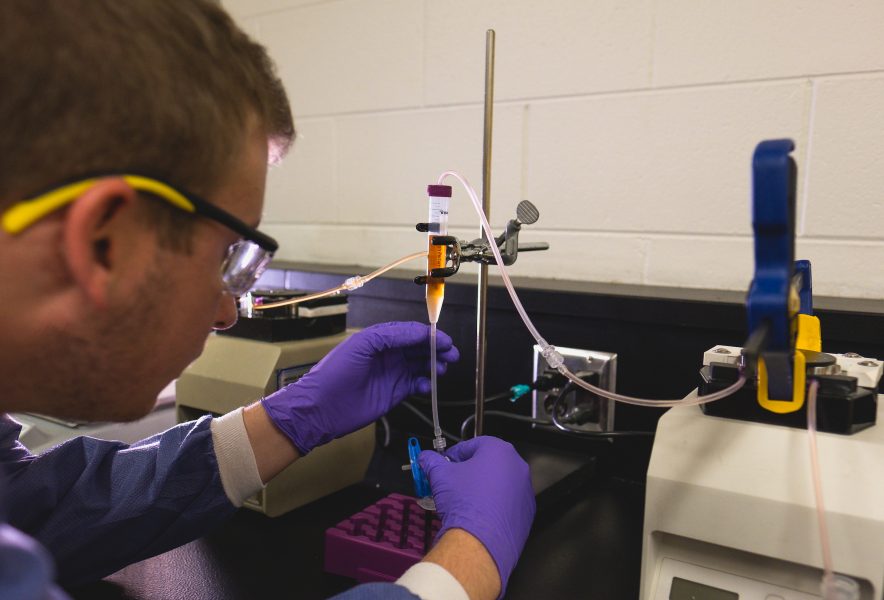
Turpeinen’s research then shifted to developing and testing a gold nanoparticle aggregation assay for virus detection, which could be used to ensure surface cleanliness on cruise ships, at hospitals or doctor’s offices between patients. His doctoral dissertation was entitled, “Development of Detection and Purification Strategies for Viral Products,” successfully defended (virtually due to the Pandemic) in July 2020.
Observing these chemical reactions in a test tube sometimes reminded him of a sunset: “The gold nanoparticles are the sun that start above the lake displaying a red-ish pink color and as the sun begins to set behind the lake, the color changes to a deep purple. When the sun is set, only the crisp blue color of Lake Superior is left behind.”
“Integrating graduate and undergraduate training in the lab inspires and guides the next generation of engineers. It also enhances our research.”

Dr. Heldt, how did you first get into engineering? What sparked your interest?
Ever since grade school, I planned on being an engineer. At first, I wanted to work at mission control at NASA. Later, I wanted to make a difference in people’s lives. My mom and sister are nurses, and while I didn’t want to be a medical doctor, making medicines really intrigued me. Now as an engineer I can still make a difference without working directly with patients.
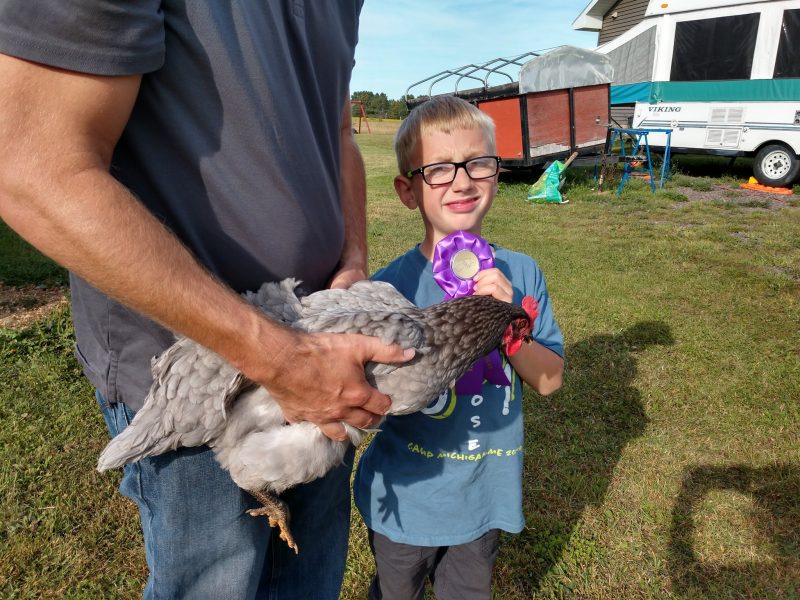
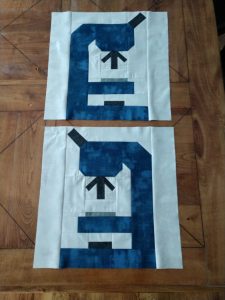
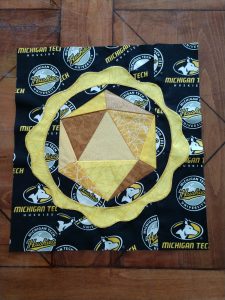
Hometown, family?
I grew up in Pinconning, Michigan. My dad dropped out of school in 8th grade to help on the family farm and my mom has an associate’s degree in nursing. They instilled in me the importance of education and pushed me to get a bachelor’s degree. They were a little surprised when I took it so far as to get a doctorate degree.
What do you like to do in your spare time?
I live in Atlantic Mine with my husband Gary and our three children. At home we have about 25 chickens (give or take a few) that give us fresh eggs. I enjoy quilting in my spare time. I’ve even started quilting viruses and microscopes, so my love for science is bleeding over into my hobbies. As a family, we downhill ski, snowshoe, and camp. I’ve also served on the Michigan Tech Preschool board, and was a FIRST Lego League coach, too.
“Gold nanoparticle size increase reminds me of a sunset over Lake Superior.”
Dr. Turpeinen, how did you first get into engineering? What sparked your interest?
As a kid, I was always using Lego blocks to build anything I could imagine—houses, planes, and spaceships. When I got older, I found myself thinking about how and why something worked. I knew I needed to learn techniques to figure out how. When I visited Michigan Tech in high school, the professors I talked to made me very excited about Chemical Engineering.They explained how it was the “jack of all trades” of engineering. I knew pursuing an engineering degree would teach me the techniques I needed in order to figure out most things at a base level. To this day I deep-dive into any project I am interested in to understand how it works.

Hometown, family?
I was born in Orlando but grew up in Houghton where I stayed for almost 15 years. I currently live in sunny Gainesville, Florida with my wife LiLu Funkenbusch and our two fur babies, Ellie (dog) and Momo (cat).
Any hobbies?
I like woodworking, PC gaming, and visiting local breweries to enjoy any and all IPAs (aka India Pale Ales). I also enjoy making various improvements to our new house.
Watch
Read More
Bouncing, Sticking, Exploding Viruses: Understanding the Surface Chemistry of SARS-CoV-2
The Pandemic Toolbox: COVID-19’s Wrench Remade Research Labs
Students Study Nanotech, Viruses Across Oceans and Disciplines in Singapore
Chemical Engineering Major Wins Portage Health Foundation Scholarship
Q&A with Bhakta Rath Award Winners Pratik Umesh Joshi and Caryn Heldt
